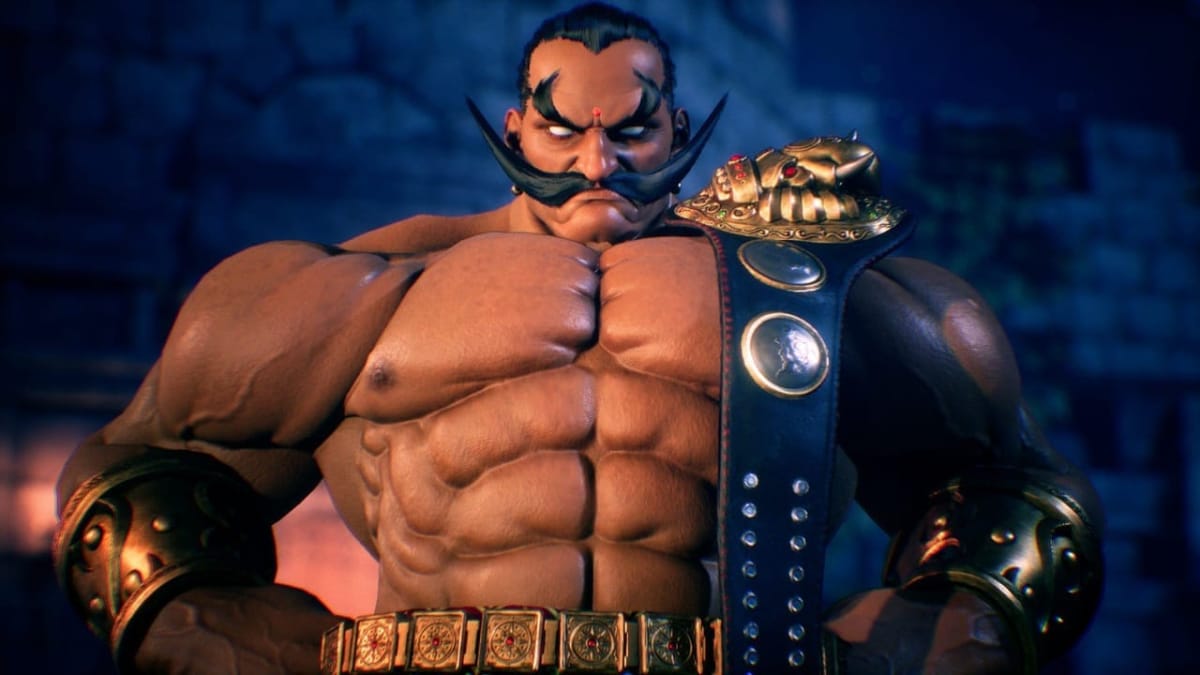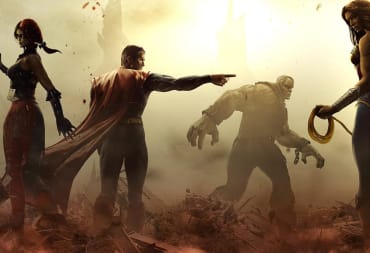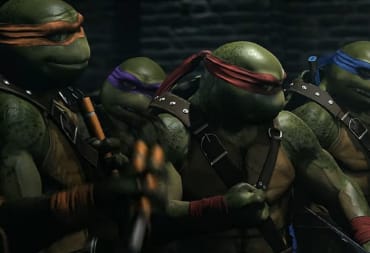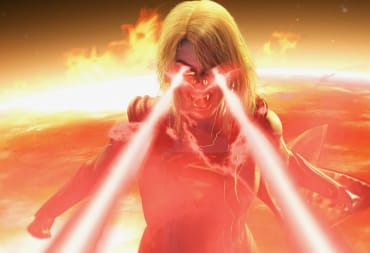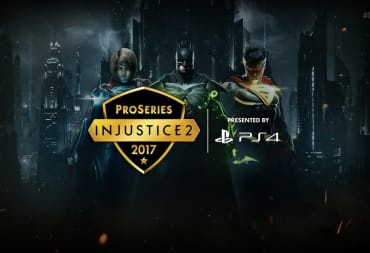Out of all genres that one can do a “year in review” for the hardest to probably discuss would be fighting games. It is a technical genre in many ways—an intricate understanding of inner mechanics, combo systems, grapple moves, and strategic physics is often hard to pull off—and while fighting games always have appeal, they are never big-ticket sellers in the gaming world. That is always the biggest problem with fighting games; much like sport titles or simulation games, there is a smaller niche of players wholly dedicated to the genre compared to the likes of RPGs, Action games, or Shooters. That narrowed niche of skill and understanding when compared to casual fans often leads to less games to really talk about year to year, or worse, less games in the fighting genre that really capture a player’s attention.
I don’t think it was a planned phenomenon either. The excitement of fighting games has taken a backseat in the grand scheme of the gaming press. Perhaps it is the rise of eSports in other genres, like League of Legends and Counter-Strike: Global Offensive, that has lead to the sort of lackluster reception this year. There is also the issue of retention; most fighting game purists tend to focus their efforts on classic titles, which still see robust competitive scenes to this day. Fighting games are one of the few genres that really have little of a “casual” crowd to them, making the barrier of entry and the retention of players more difficult than other genres.
It could also be a changing of the genres trends leading to growing pains. One example would be the franchising of fighting games into longer “seasons” over a singular game. Street Fighter V has been the biggest example of this, pushing ahead with its second season of downloadable content, while Killer Instinct finally saw a complete edition offered, containing over three years of content in one package.
This kind of design philosophy has been a double-edged sword for fighting games. In the more competitive niches it is providing a steady stream of content and elongated the life-span of the game itself, but the price is longer waits for content, constant game rebalancingM and paying for the costs of DLC. In the past, Capcom was heavily criticized for releasing different versions of Street Fighter IV instead of providing DLC; now, the opposite problem is occurring, and Capcom’s push for the Arcade Edition of Street Fighter V, as well as Arika's Street Fighter EX making a comeback next year, is perhaps a way to address such criticisms. Still, this runs the risk of further alienating many to the title. Season 3, however, is still planned, so only time will tell if the Arcade Edition or EX was worth the push.
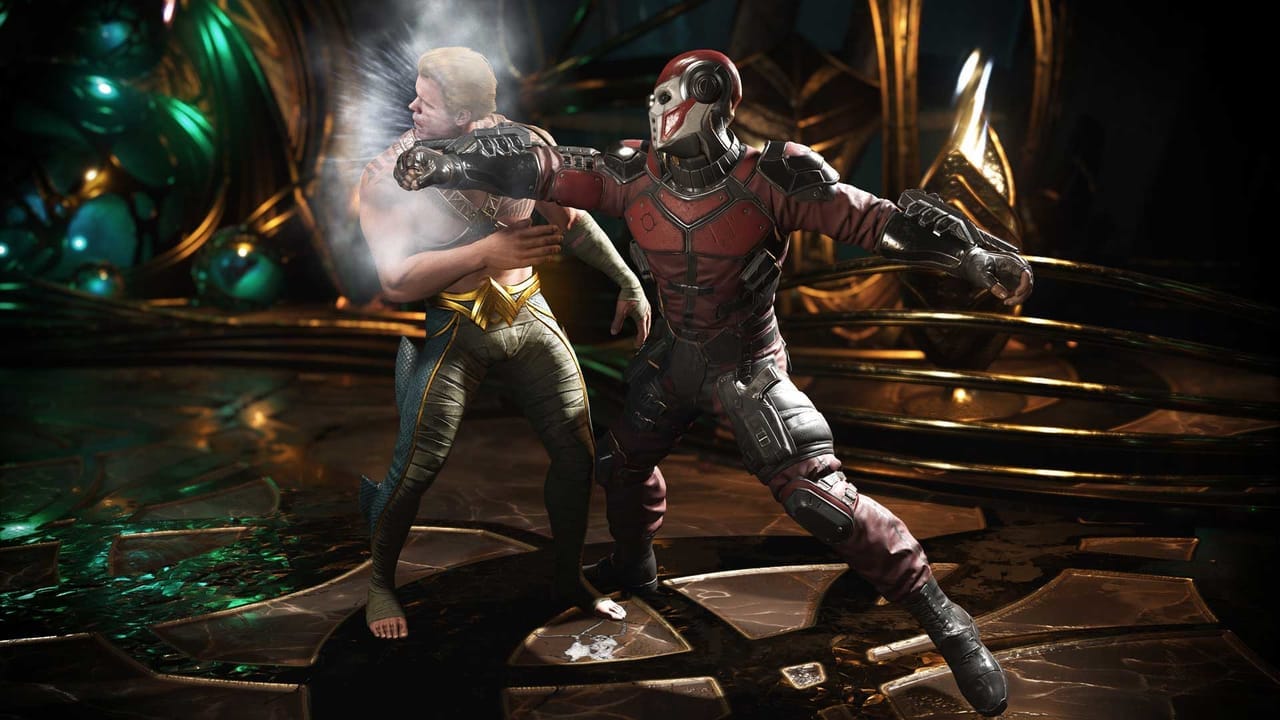
Other games have continued that similar trend, most notably the re-release of BlazBlue: Central Fiction or upgrading Guilty Gear for 2017. Yet Street Fighter and Killer Instinct were able to gain relevance after rocky launches. Other titles, however, proved to be stronger successes right out of the gate. Injustice 2 is perhaps the best example, with NetherRealm Studios pushing their own limits with old and new design parameters. The strengths of Injustice 2 included the fighting mechanics and new customization options, adding more variety to the gameplay. The weakness, however, were compounded by the randomization through loot drops. This was still not a deterrent, as Injustice 2 was the most successful fighting game this year; netting over 1.6 million units sold and several “end of the year award” for best fighting game.
For most of the year though, fighting games were just modest successes in their niche, doing well in moderate doses. Nintendo’s ARMS, while not a major success compared to Injustice 2 or other games, ARMS has proved to be a surprising success for the switch, which until recently received its own updates throughout the latter half of 2017. The other major fighting game on the Switch, Pokken Tournament DX, was a solid port of the Wii U game that drew in more of the hardcore crowd.
ARMS was at least modestly successful, while others such as Marvel vs Capcom: Infinite is perhaps the biggest disappointment, mostly stemming from its lackluster roster when compared to Marvel vs Capcom 3, and stale combo mechanics. Indie fighting games also struggled to gain relevance; the Smash Bros.-inspired Brawlout from indie developer Angry Mob Games had trouble gaining notoriety, despite capturing a bit of the insanity that makes Smash Bros. so appealing.
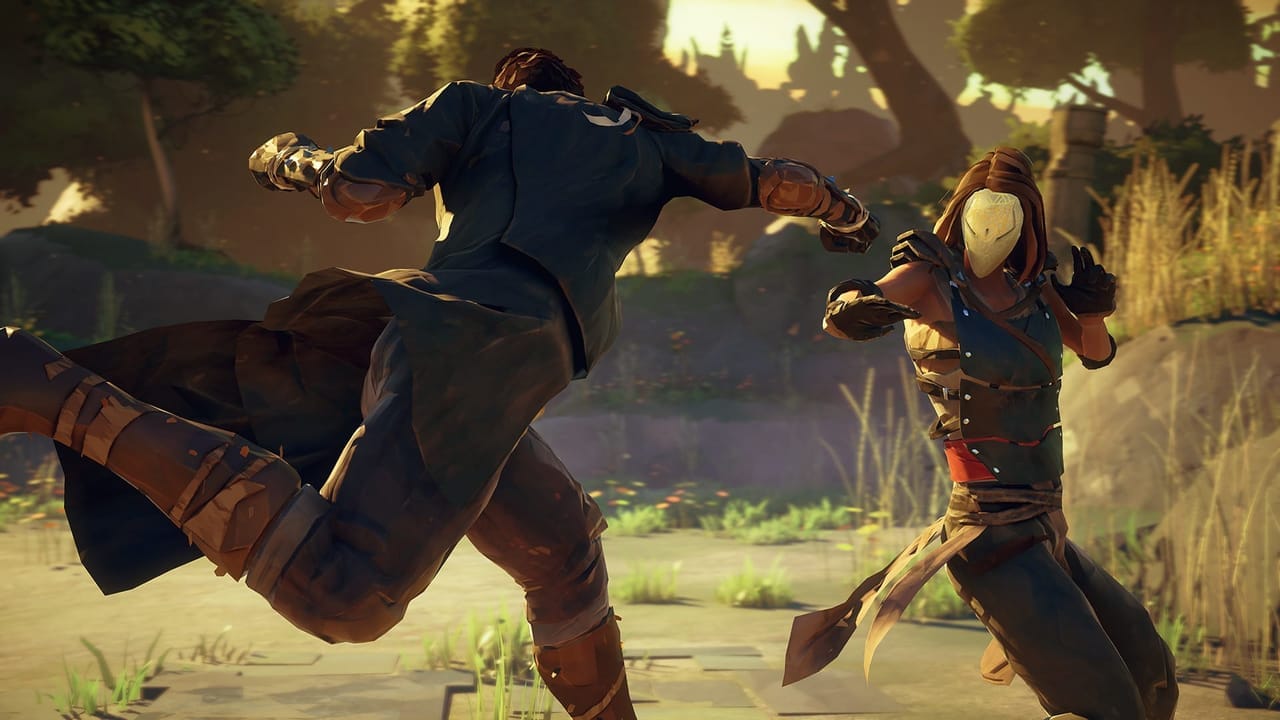
Absolver is a curious case as well, mostly because of its hybrid-status. While more in the realm of an action-rpg, the use of its fighting mechanics has proven to be something unique in the genre. The ability to customize the players fighter is perhaps the biggest innovation, combining different decks of cards for customized move-sets with a less fluid, but more organic fighting combo system. Absolver’s innovations help set it apart, and many fighting games in the future may look at Absolver to spark some fresh ideas to attract new players.
What is interesting is how other fighting games tried to buck trends by simply being their own game. Tekken 7 had fantastic sales this year, shipping 2 million copies worldwide, and pretty much bucked many of the trends we see for fighting games by staying true to its own design principles. A combo-heavy, technical fighting game less concerned about story or balance with full, three dimensional arenas when 2.5-D has gone through a renaissance in the genre seems like a tough sell, but Tekken 7 has not changed its formula for nearly a generation, retaining a fresh feeling despite its aged mechanical systems.
It seems that is a growing sphere as well, welcoming new challengers into the 3-D fighting arenas. The reveal of Soulcalibur VI was met with great approval, as many parts of what made that franchise one of the most beloved fighting series ever made are being retained with revamped combat mechanics. This also leads to great expectations for the franchise, both within the niche and from the general gaming public, as Soulcalibur is one of the few franchises to really be embraced outside the fighting game niche.
Casual players are always in for a hard sell this way, but fighting games, despite their niche appeal, will always have a place in the gaming world. A short respite between rounds is sometimes warranted as old and new games bring more of their skills into the ring.
What are your thoughts on the fighting genre? Any games we missed? Leave your comments below.
Have a tip, or want to point out something we missed? Leave a Comment or e-mail us at tips@techraptor.net
